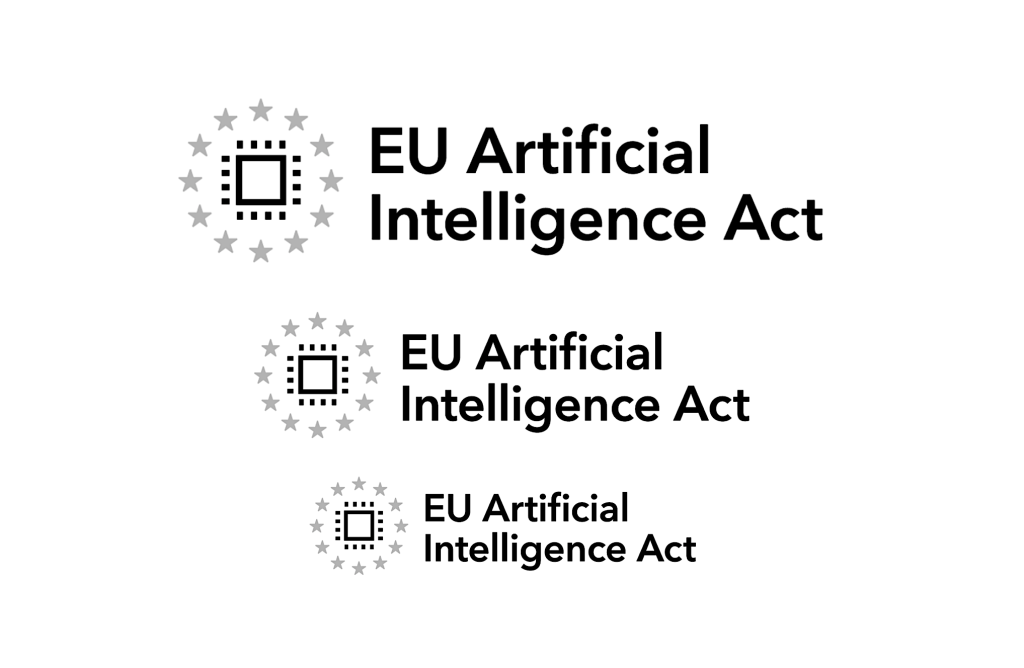
By Sabrina Pervez, SpotDraft.
We all know by now: the EU AI Act is live, fines are eye-watering, and AI vendors are under the microscope. But here’s the twist: if you’re a General Counsel or Chief Legal Officer, the risks are multifaceted: lost business opportunities, scrutiny over how your data is processed, damage to your reputation, and, ultimately, the possibility of your vendor facing a hefty fine.
The smartest legal leaders aren’t waiting until 2026. They’re already grilling vendors on compliance and future-proofing. Why? Because the EU AI Act is changing enterprise procurement today, not two years from now. Law firms, corporates, and regulators are writing these requirements into contracts already.
So what should you be asking your vendors right now? Here’s your seven-point checklist.
1. Which risk bucket does your AI fall into?
The Act breaks AI use into three categories:
Prohibited AI Practices: under the EU AI Act includes subliminal manipulation, biometric profiling, and real-time facial recognition
High-risk AI: systems that materially impact people’s rights (recruitment AI for partners, judicial decision-support tools). These come with the heaviest documentation and monitoring obligations.
Limited-risk AI: where most legal tech sits; contract drafting assistants, review tools, client chatbots. While the obligations here are lighter, focused mainly on transparency, the real priority lies in ensuring compliance readiness.
If a vendor can’t clearly explain which category each feature falls under, that’s not just a compliance issue, it’s a competence issue.
2. Do you build AI around documents, or around people?
This is the difference between being future-proof and being dead on arrival.
Take two examples:
Risky: An AI tool that predicts litigation outcomes or ranks witnesses by credibility. That’s regulatory quicksand.
Safe and useful: A contract review assistant that flags non-standard clauses or automates playbook checks.
The best vendors are doubling down on document-centric AI; accelerating workflows without replacing judgment. If a vendor is toying with people-based predictions, they’re inviting EU scrutiny (and dragging you with them).
3. What governance processes are baked in?
The Act requires bias testing, lifecycle risk management, and incident reporting. If a vendor treats those as afterthoughts, you’re buying risk.
Avoid marketing one-pagers and instead ask for their trust/compliance packet. Non-negotiable. The best-in-class vendors will hand over:
Risk classification by feature
Training data summaries
Monitoring and bias testing frameworks
An incident response protocol
This should be included as part of your Information. Security sign-offs will be a deciding factor if vendors have to move beyond procurement.
4. How do you handle transparency?
Users need to know when they’re interacting with AI. That’s not optional, it’s law.
Look for vendors who surface this clearly:
Clickwraps that confirm consent before you start an AI workflow
In-app banners or pop-ups explaining AI involvement
Audit trails that show which parts of a document AI touched
Transparency isn’t just compliance; it’s the basis of trust. Your team, lawyers and clients are rightly wary of “black box” tools, so any legal tech you invest in must be demonstrably trustworthy to win real buy-in.
5. Where’s the human in the loop?
The EU AI Act is clear: lawyers stay accountable. Vendors must design AI to support and not supplant human oversight.
Smarter vendors are showing restraint:
CLM platforms flag deviations but never approve contracts themselves.
Word-based drafting tools highlight risks without rewriting wholesale.
Workflow automations always require a lawyer’s green light before execution.
If a vendor tries to sell you on “fully autonomous” legal AI, that’s a compliance red flag, but also keeping a human in the loop will help the tool be more accurate in the future, and improve trust and adoption
6. What’s your incident response plan?
AI isn’t infallible. When it fails, vendors need to detect it, document it, and disclose it.
As a legal leader, press for detail:
How will they spot an AI malfunction?
What happens internally when it’s flagged?
How and when will you be notified?
A vague “we’ll deal with it, if it happens” isn’t good enough. Regulators will expect structure, and so should you.
7. How far ahead are you on the timeline?
It seems like there is time: general-purpose AI in 2025, high-risk systems in 2026, legacy IT until 2030. But procurement cycles don’t wait, and RFPs already include AI Act compliance sections.
The most forward-looking vendors are treating compliance as a sales advantage. They’re showing up in pitches with answers, not excuses. Vendors hoping to “deal with it later” will be scrambling, and you’ll be scrambling with them.
Why This Matters for Legal Leaders
The legal industry runs on reputation. If your vendor is caught out by the AI Act, the fallout doesn’t stop with them, it hits your brand, your clients, and your boardroom.
Asking these seven questions now is the difference between partnering with a vendor who accelerates your practice, or one who drags you into regulatory quicksand.
And don’t underestimate the upside: compliance isn’t just risk mitigation. It’s a trust accelerator. Vendors who treat it as product discipline are closing deals faster, building stickier client relationships, and setting the new bar for responsible legal AI.
The Bottom Line
The EU AI Act isn’t just a regulatory headache. It’s a forcing function: pushing legal tech toward more transparent, responsible, and trustworthy AI. For legal leaders, it means two things: first, compliance can’t wait. Don’t hold off until 2026. Demand clarity from vendors now. Those prepared today aren’t just safer choices, they’re the ones setting the standard. Second, it’s an opportunity to lead. By guiding how AI is adopted in your organization, legal can move beyond risk management to become a driver of growth, embedding an AI-driven culture that delivers real impact.
–
To learn more about contract management pioneers SpotDraft, please see here.

About the author: Sabrina Pervez is Regional Director, EMEA, at SpotDraft.
—
[ This is a sponsored thought leadership article by SpotDraft for Artificial Lawyer. ]
Discover more from Artificial Lawyer
Subscribe to get the latest posts sent to your email.

